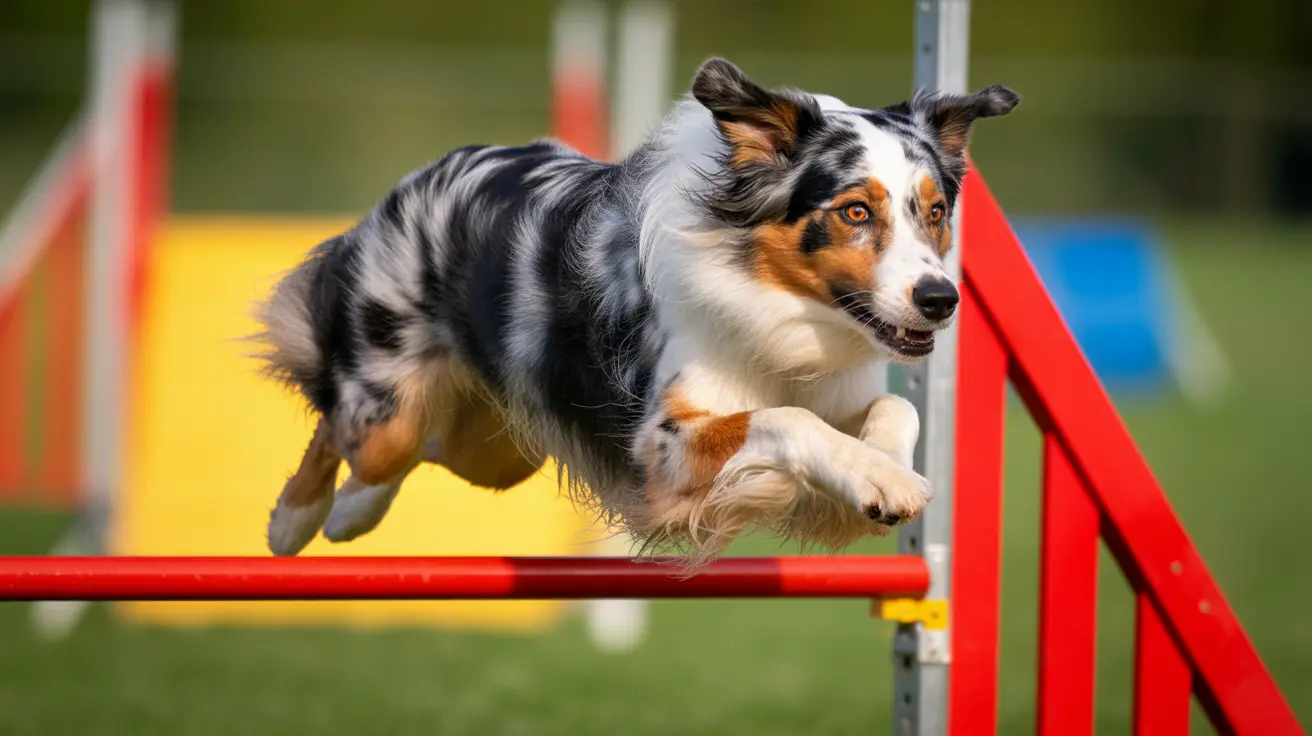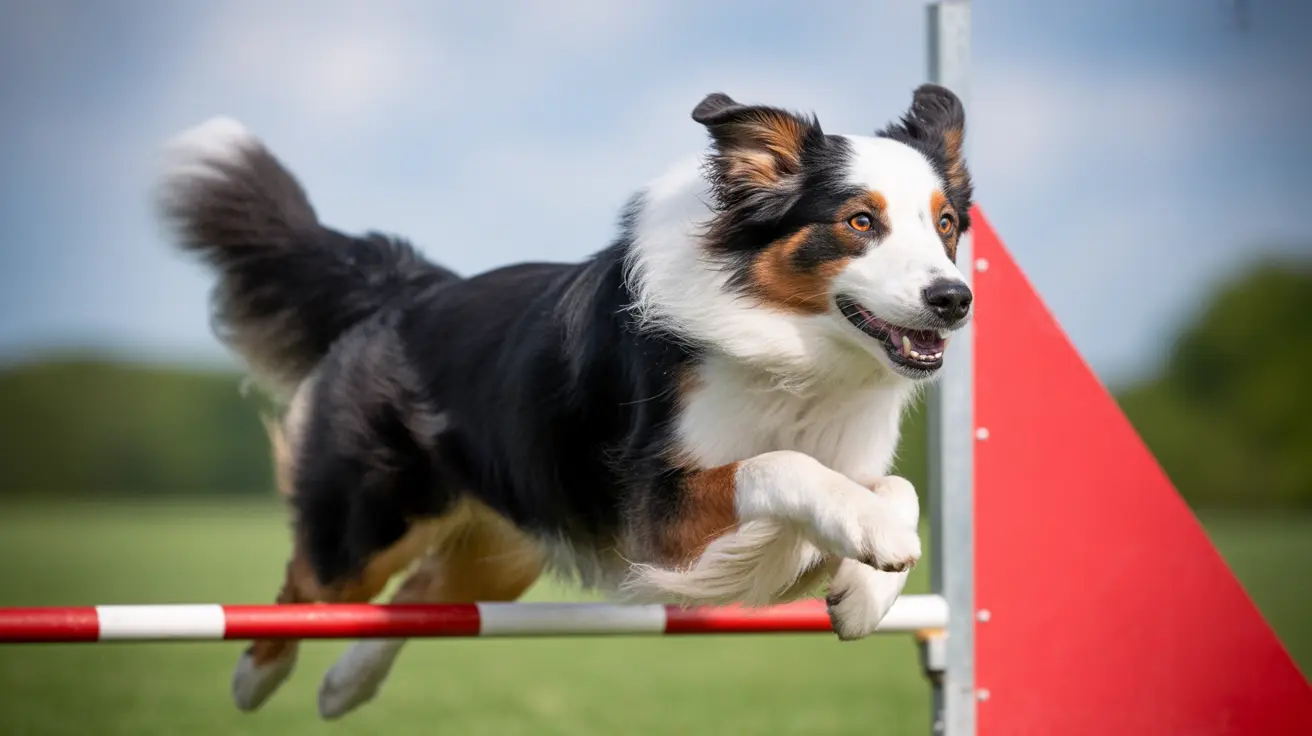Can Dogs Heal Their Own Wounds? Why Veterinary Care is Crucial
When our beloved pets get injured, it's natural to wonder, "Can a dog heal its own wound?" While dogs are instinctively driven to care for injuries through licking, **self-healing is not effective** and can often worsen the situation. Understanding why professional care is necessary—and when you can manage minor wounds at home—is critical for your dog’s health.
Why Dogs Lick Their Wounds
Dogs instinctively lick wounds due to the temporary relief it provides and the mild antibacterial effect of their saliva. However, excessive licking can:
- Delay healing by irritating the wound
- Introduce bacteria that may cause infection
- Create hot spots—inflamed, moist skin lesions
Therefore, pet owners should discourage licking by using **Elizabethan collars or protective garments**.
Types of Wounds in Dogs
Dogs can suffer from various injuries, including:
- Minor cuts and abrasions: Often from play or brush contact
- Deep lacerations: Require suturing and professional cleaning
- Bite wounds and punctures: Risk of deep infection and internal damage
- Burns: From heat, chemicals, or friction
- Hot spots: Caused by persistent licking or scratching
- Surgical incisions: Require special care to avoid reopening
Each type demands specific treatment, and **neglect can lead to severe complications**, including systemic infection.
When to Seek Veterinary Care
Not all wounds are suitable for home care. Seek a veterinarian when:
- The wound is large, deep, or bleeding heavily
- Bone or muscle is exposed
- The wound is caused by bites or punctures
- Injuries are near the eyes, chest, or abdomen
- The dog shows difficulty breathing or trauma symptoms
- You see redness, pus, swelling, or foul odor
Any non-healing or worsening wound also needs professional attention to prevent further health issues.
How to Care for Minor Wounds at Home
If your dog has a minor wound, you can manage it at home with proper care:
- Restrain the dog using a muzzle if necessary for safety
- Assess the wound—type, depth, and bleeding
- Apply pressure with sterile gauze to stop minor bleeding
- Remove visible debris if easily accessible (never force objects out)
- Trim fur using electric clippers for better hygiene
- Clean the wound with saline or tap water (avoid alcohol/peroxide)
- Apply antimicrobial ointment—only ones safe for dogs
- Bandage the wound using gauze and elastic bandage—not too tight
- Prevent licking with a recovery cone
- Monitor regularly for signs of infection or impaired healing
Essential First Aid Kit for Dogs
Having supplies on hand helps provide immediate care. Include:
- Muzzle
- Antiseptic solution (2% chlorhexidine or povidone-iodine)
- Sterile gauze and bandaging materials
- Non-stick dressings, tweezers, bandage scissors
- Disposable gloves
- Spray bottle and recovery cone
- Antimicrobial ointment designed for dogs
Post-Surgical and Special Wound Cases
Wounds from surgery, trauma, or significant skin loss require veterinary management. Post-operative wounds must be kept dry, and you must follow vet instructions meticulously. Do not bathe your pet until cleared. Bandages should be changed daily or more frequently if soiled. Monitor for tightness, swelling, or circulation issues.
Preventing Wounds in Dogs
You can lower your dog's injury risk through simple measures:
- Supervise play, especially with other dogs
- Use a leash in unfamiliar or potentially dangerous areas
- Keep the yard free of sharp or hazardous objects
- Maintain up-to-date vaccinations, especially rabies
Conclusion
While minor wounds may be managed at home with diligent care, dogs cannot reliably heal their own injuries. **Veterinary involvement is essential** for most moderate to severe wounds. By preparing in advance and recognizing when to seek help, you ensure your furry companion recovers safely and swiftly.





